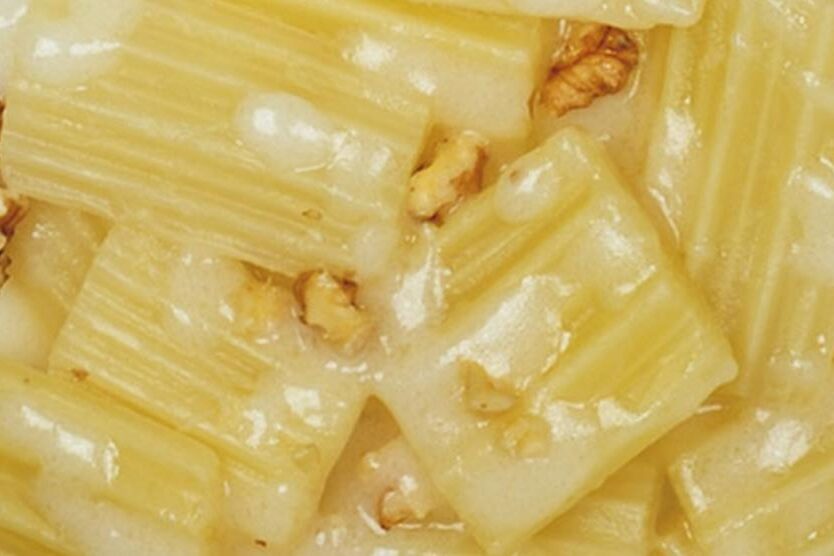Cardoon is a popular leaf-stalk vegetable of the Mediterranean origin. It is closely related to artichoke, the other edible thistle, native to the Southern European region. Many delicious recipes prepared using these stalks are part of the traditional Christmas Eve festivities in Italy, Spain, Sardinia, Sicily, and France.
Botanically, it belongs to the composite Asteraceae or daisy family, in the genus, Cynara. Scientific name: Cynara cardunculus.
Some of the common names include cardone, cardo, carduni, cardoni, cardi, etc.
Cardoon is a hardy perennial plant that can grow vigorously in cultivated farms. It features robust growth characterized by a rosette of large, gray, spiny leaves and branched flowering stems.
Normally, cardoon is bigger than globe artichoke, reaching up to 3 to 5 feet in height and a spread of about 2 meters.
Bright purple blooms appear at the end of an elongated flower-bearing stem. The flowers, however, are smaller than that of artichokes. A few weeks before harvest, farm owners bundle their leaves together so as to blanch by depriving sunlight as in escarole. Blanching removes bitterness and enriches the flavor.
7 amazing Health benefits of Cardoon
- As in celery, cardoon too is one of very low-calorie leaf vegetable, carrying just 17 calories per 100 g. Nonetheless, it contains unique health benefiting plant nutrients such as antioxidants, fiber, vitamins, and minerals.
- Research studies suggest that certain bitter principles cynarine and sesquiterpene lactones in cardoon thistle extraction have overall cholesterol reduction effect in the blood through inhibition of its synthesis and increasing its excretion in the bile.
- Further, cardone petioles contain numerous phytonutrients such as luteolin, silymarin, caffeic acid and ferulic acid and di,caffeoyl-quinic acids, which protect cellular proteins, membrane lipids, and DNA from oxidative damage caused by free radicals.
- As in globe artichoke, cardoon too has excellent levels of vitamin folic acid, providing about 68 µg per 100 g (17% of recommended daily allowance). Folic acid acts as a co-factor for enzymes involving in the synthesis of DNA. Scientific studies have shown that adequate levels of folates in the diet during pre-conception period and early pregnancy can help prevent neural tube defects in the newborn baby.
- It is also rich in the B-complex group of vitamins such as niacin, vitamin B-6 (pyridoxine), thiamin, and pantothenic acid that are essential for optimum cellular metabolic functions.
- Additionally, its stems are also a rich source of minerals like copper, calcium, potassium, iron, manganese, and phosphorus. Potassium is an important component of cell and body fluids that helps controlling heart rate and blood pressure by countering pressing effects of sodium.
- Furtherore, minerals in cardoon has important role to play in the metabolism. Manganese is a co-factor for the antioxidant enzyme, superoxide dismutase. Copper is essential in the production of red blood cells. Iron required for red blood cell formation.
Fresh cardoon stalks (petioles) flood the markets during the fall and winter. You can find fresh greens as well as blanched, creamy white, bent stalks (“Gobbi” or hunchbacks) tied in bundles in these local vegetable markets.
Choose firm, stout stalks with bright silver-grey leaves. Avoid wilted petioles. You may also find dwarf, sturdy, and spineless varieties in the markets. Buy only a few bunches at a time.
Once at home, store fresh cardoons in a paper towel and place them in the refrigerator. They keep well for up to a week. You may also want to prepare, blanch, and store them in a plastic bag and place them inside the refrigerators for any later use.
Preparation and serving methods
Cardoons are one of the traditional winter season vegetables employed in cooking in most parts of Europe. In appearance, its stalks (petioles) resemble as that of celery stalks. Cardoons have a unique, sweet, nutty flavored grayish-white flesh.
To prepare, trim off any leaves or thorns, and peel the stalks using a vegetable peeler to remove tough strings. Cut them into 1-inch length sections. Cut ends turn off-color if kept exposed to air; to avoid, place in cold water with lemon juice (acidulated water).
To blanch, put cut pieces in boiling water for about 20 minutes until they tenderize. Drain, immediately shift them into a bowl of cold water. Remove and spread them on a paper towel. Thus, blanched and readied pieces can be used in recipes or stored in the refrigerator for future use.
Here are some serving tips:
- Cardoon can be braised, sautéed, boiled in soups and stews. Prepare mouth-watering cardoon gratindipped in batter and deep-fried or baked with butter and cream/cheese.
- The cardoon root, which is a thick, fleshy and tender underground root of this plant, is often boiled, and then served cold in salads.
- Boiled or roasted, it can be enjoyed with warm dip bagna cauda– native to Piedmontprovince in Northern Italy.
Link: https://www.nutrition-and-you.com/cardoon.html
Nutrigenomics Institute is not responsible for the comments and opinions included in this article






